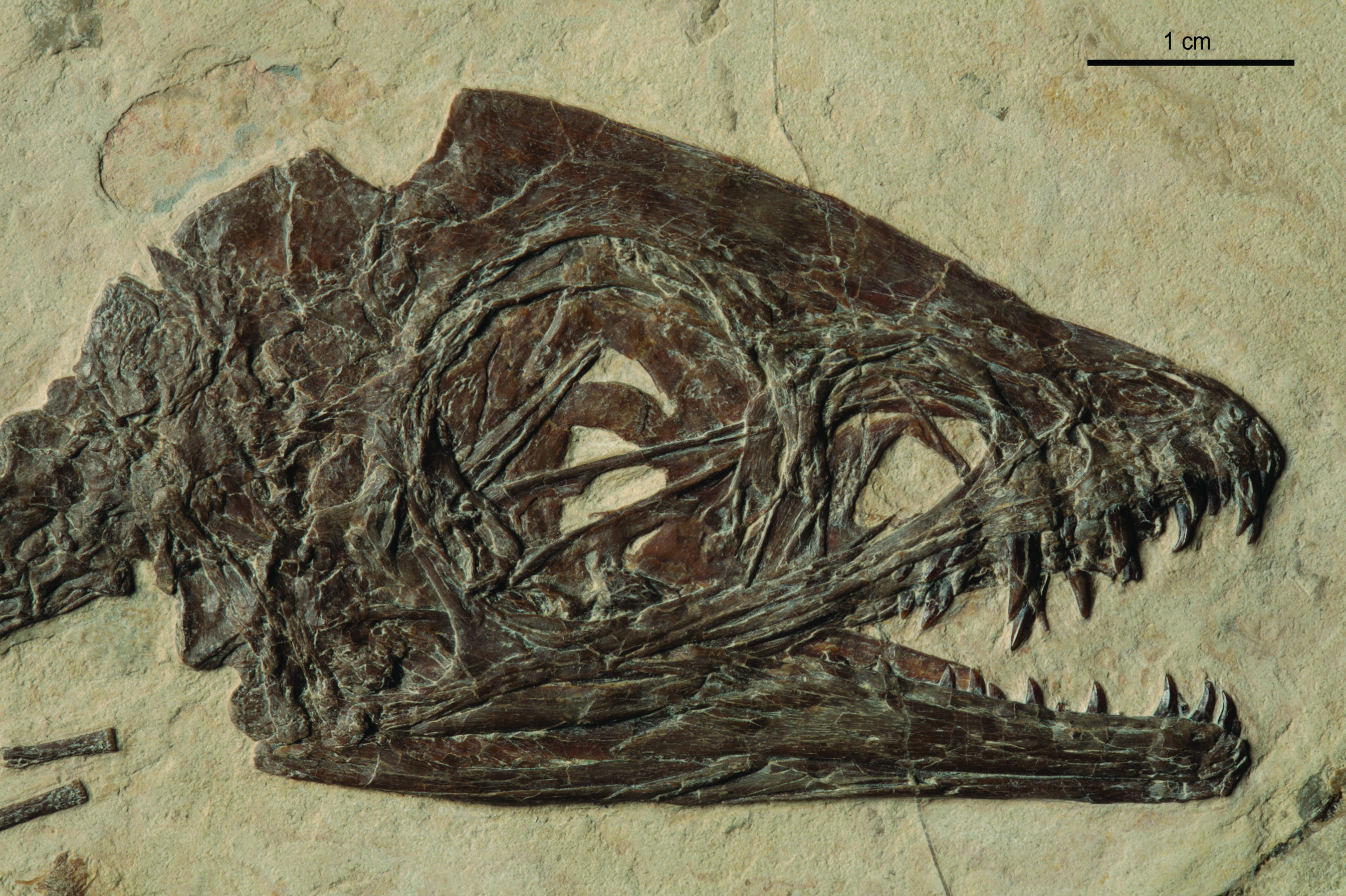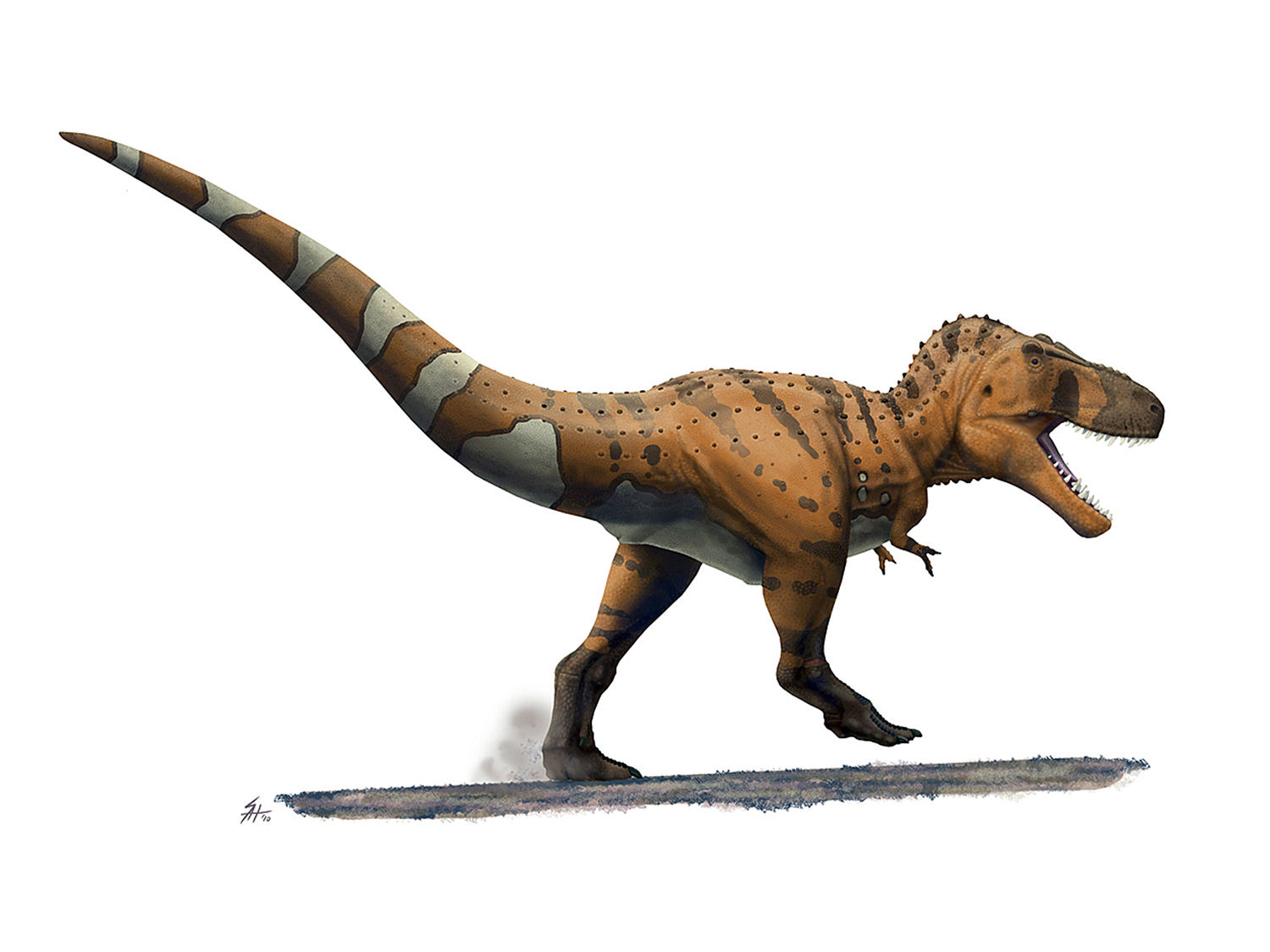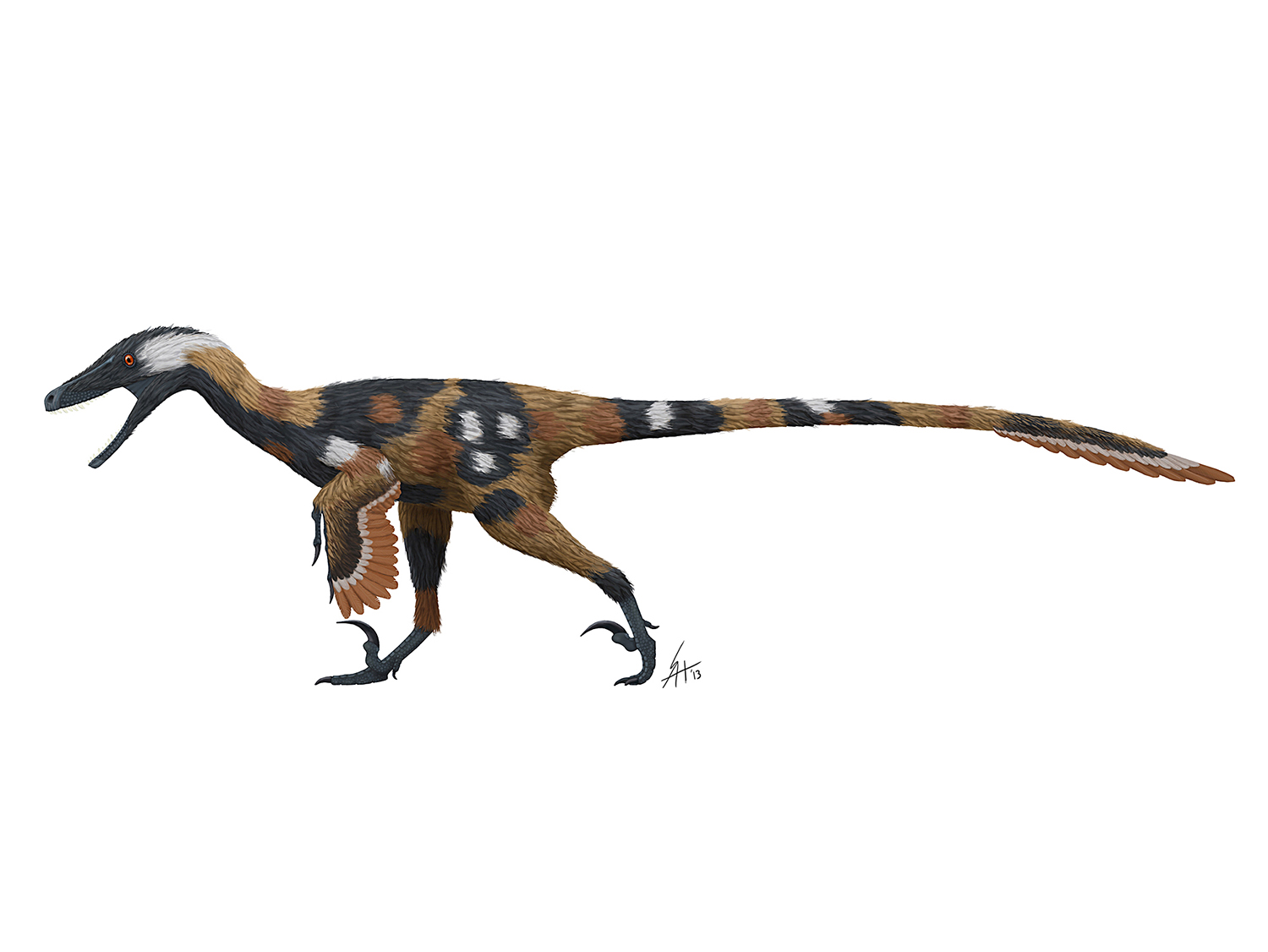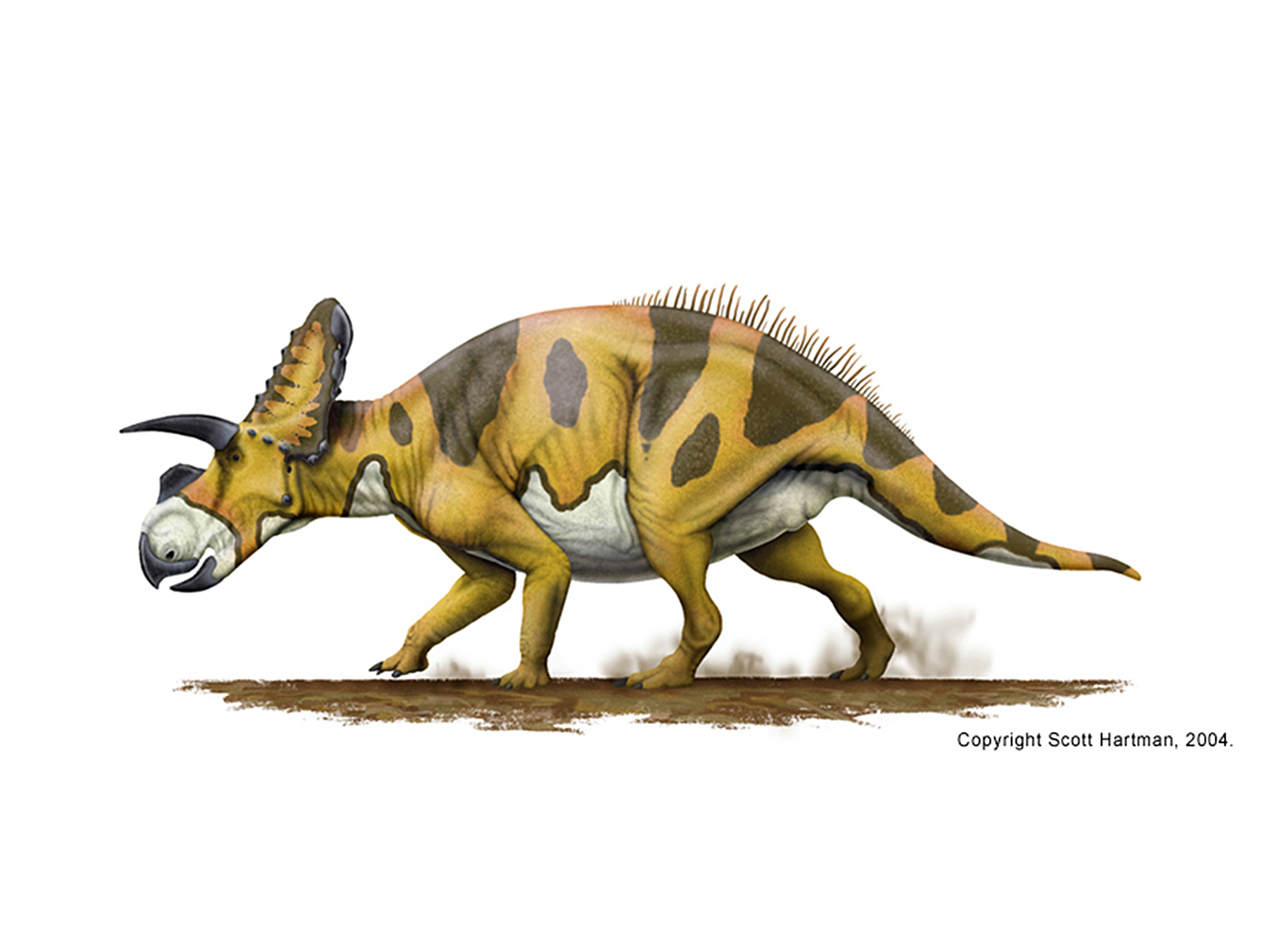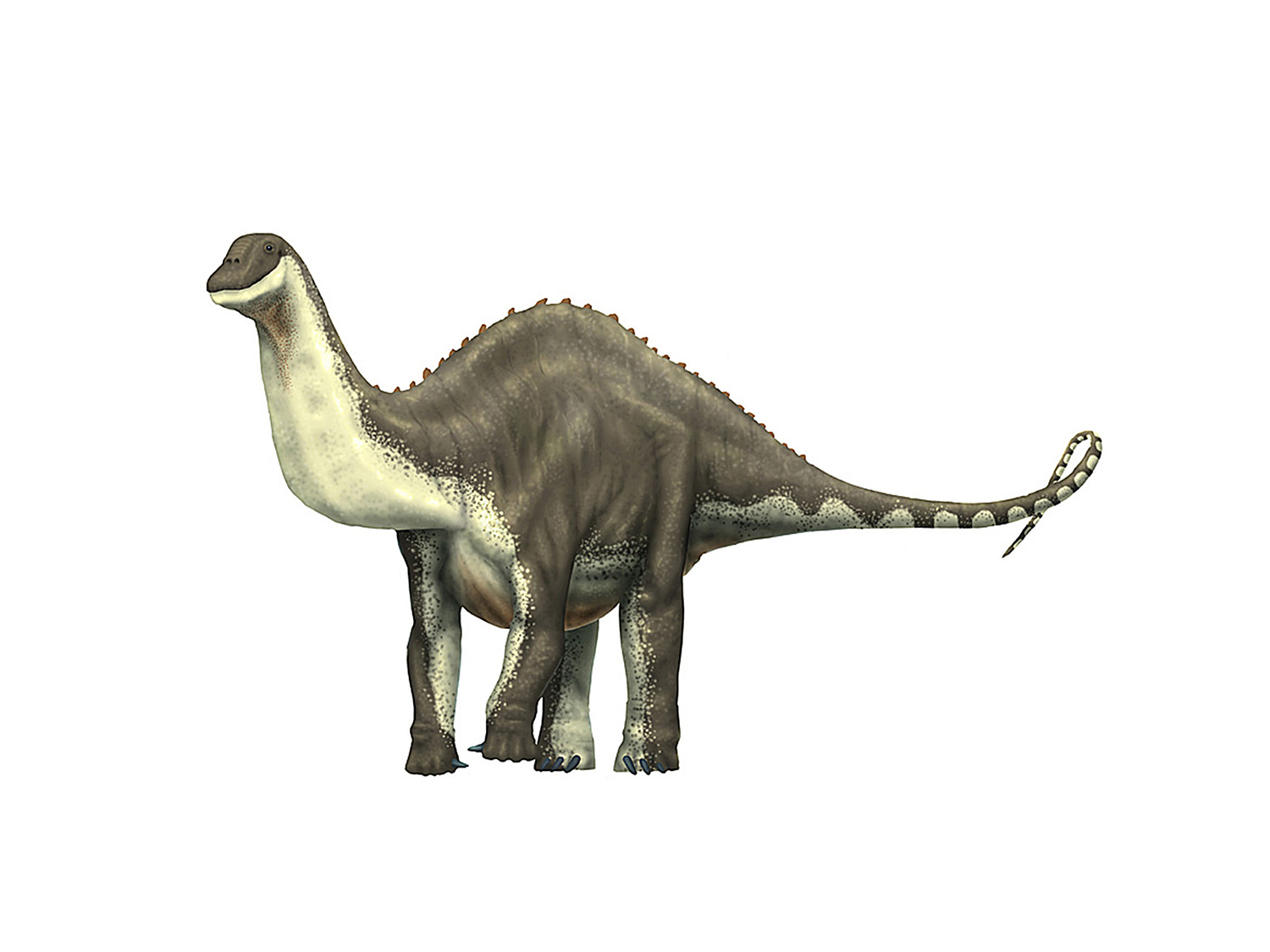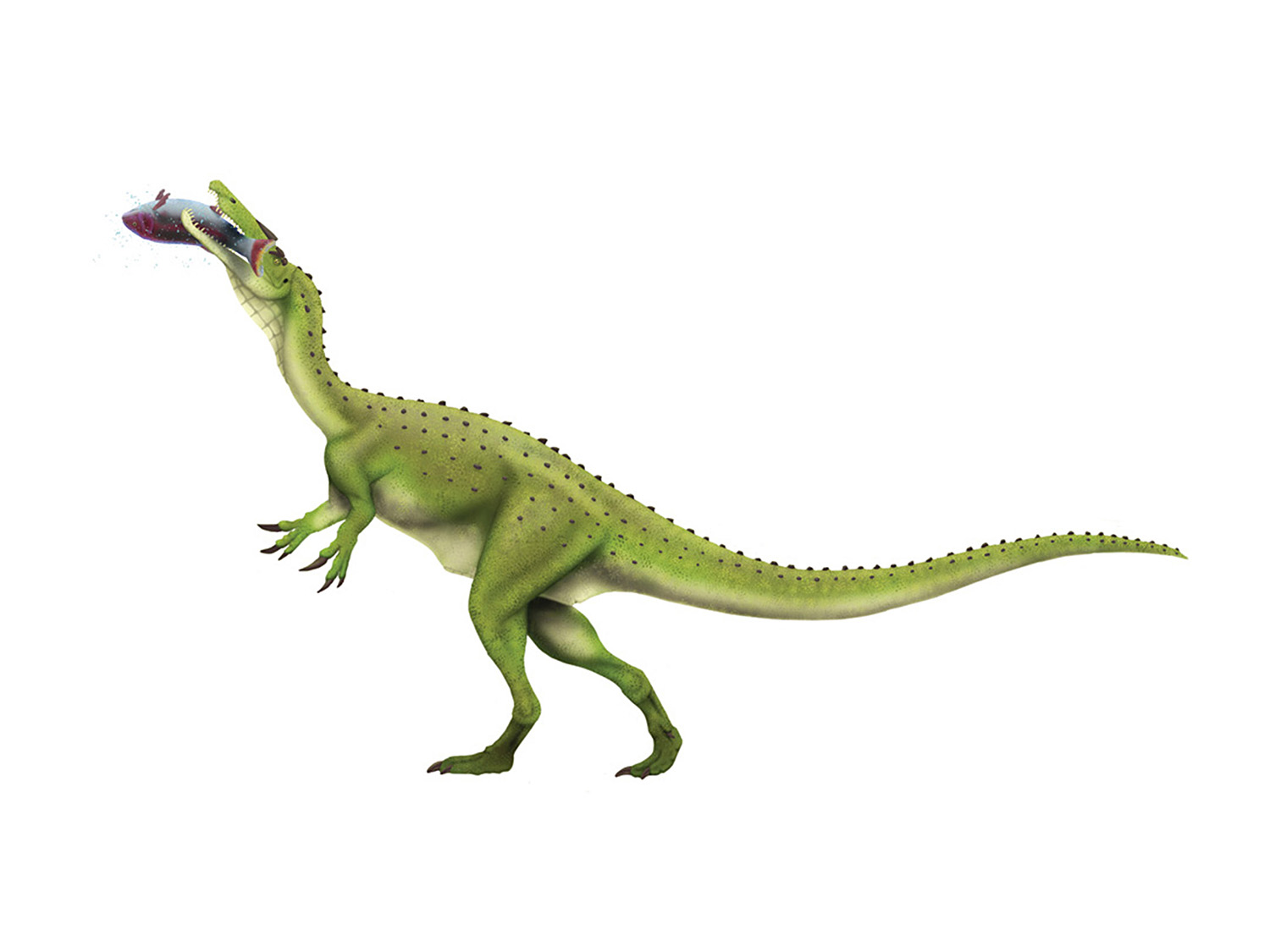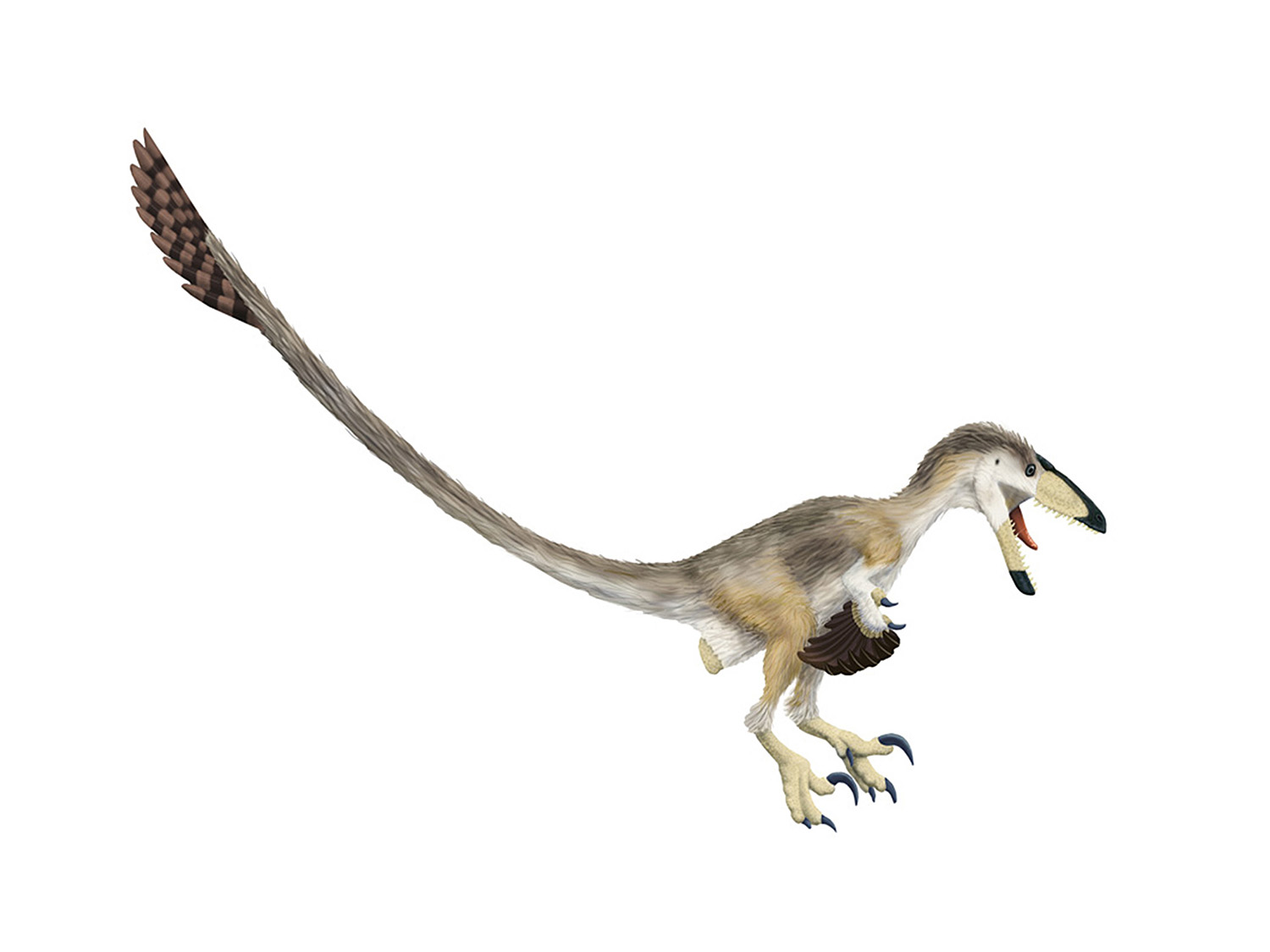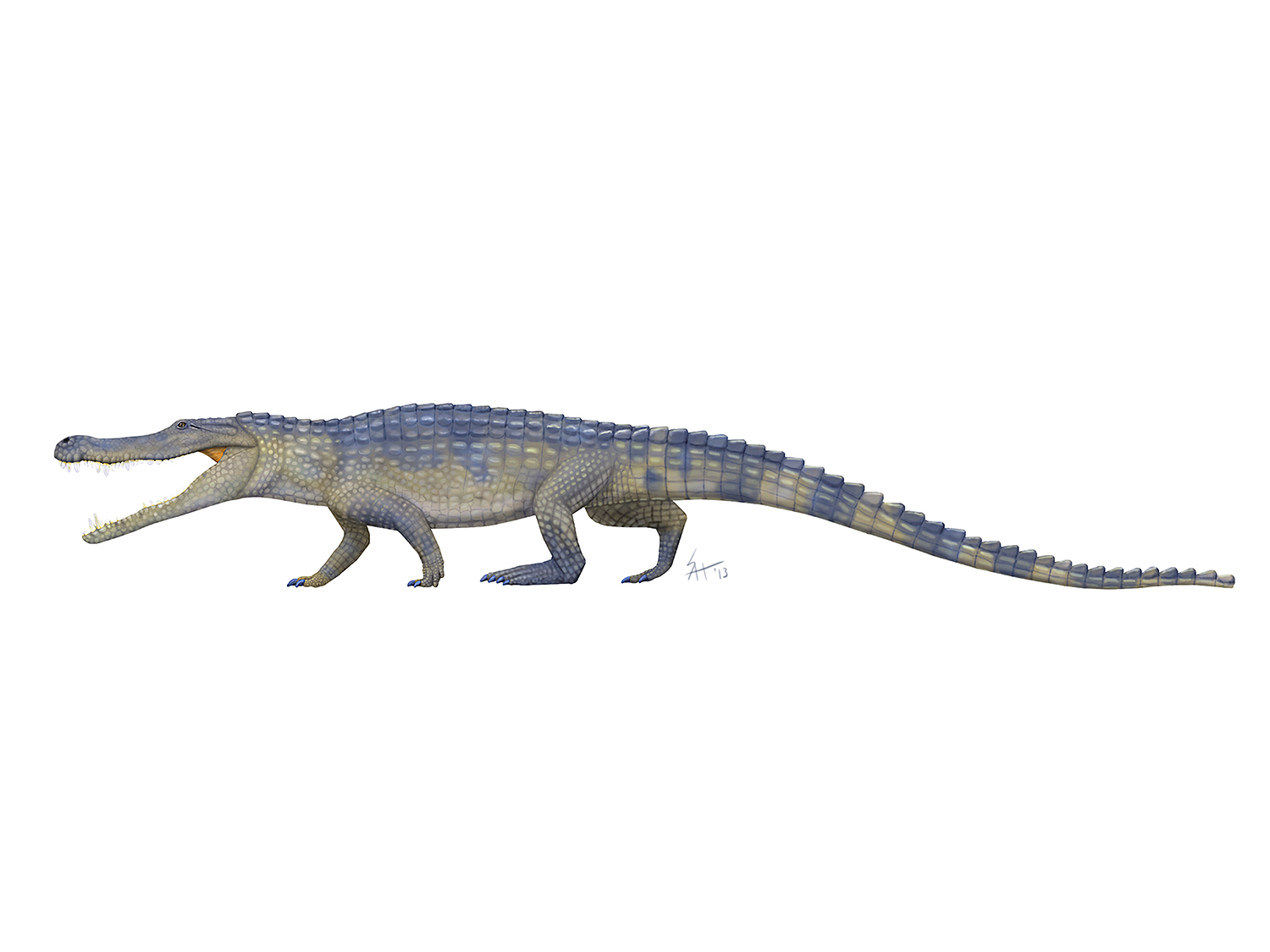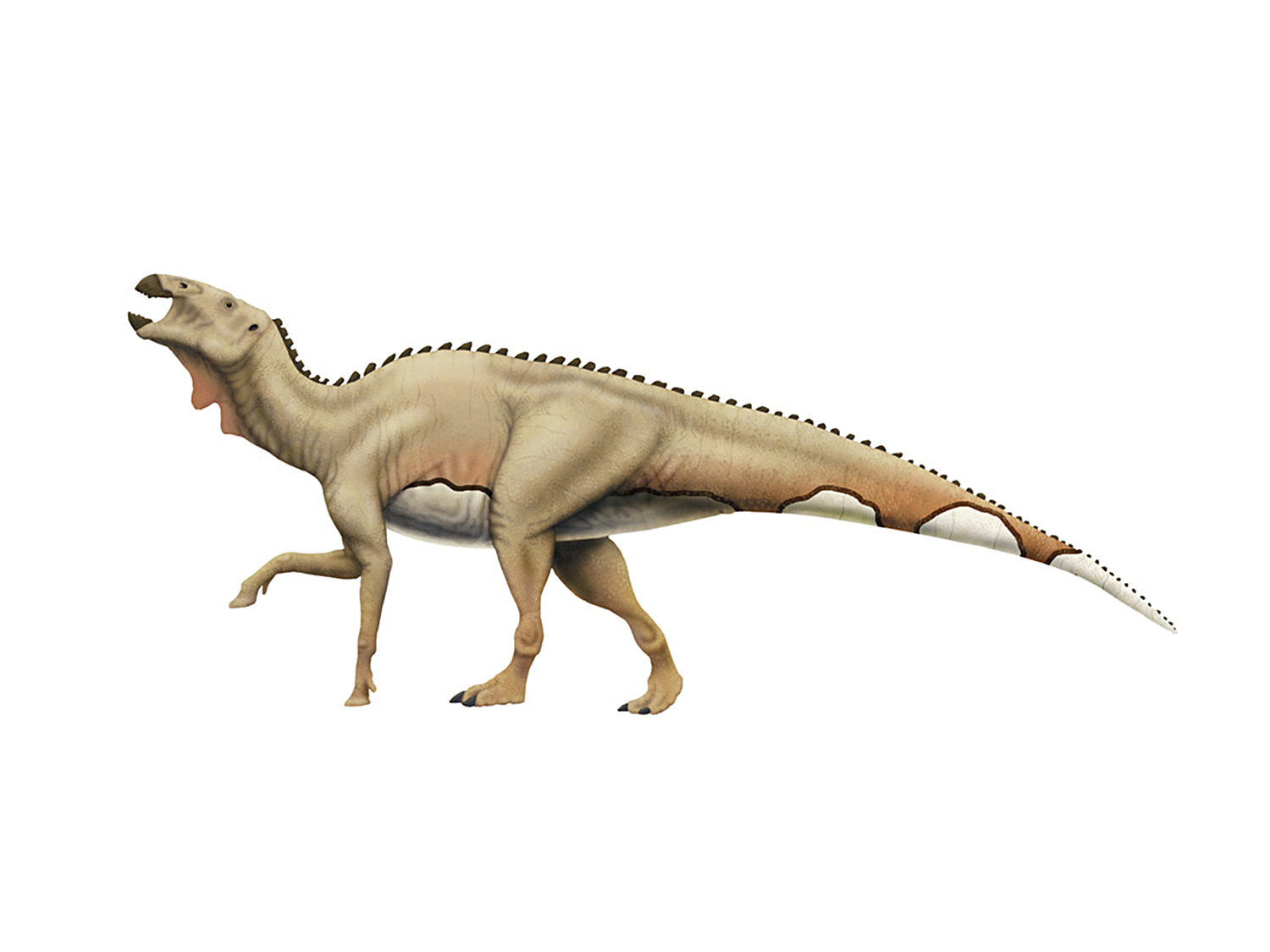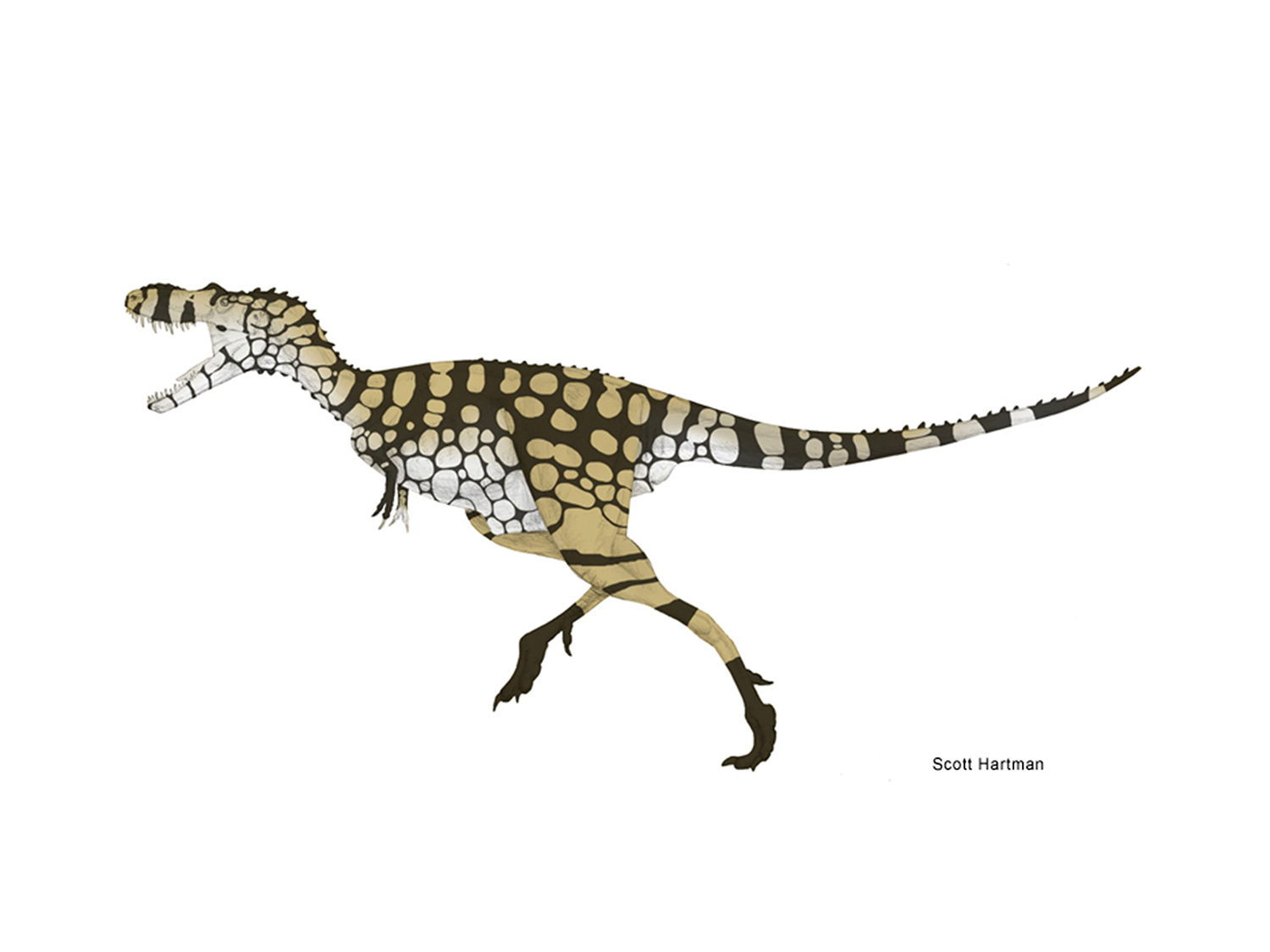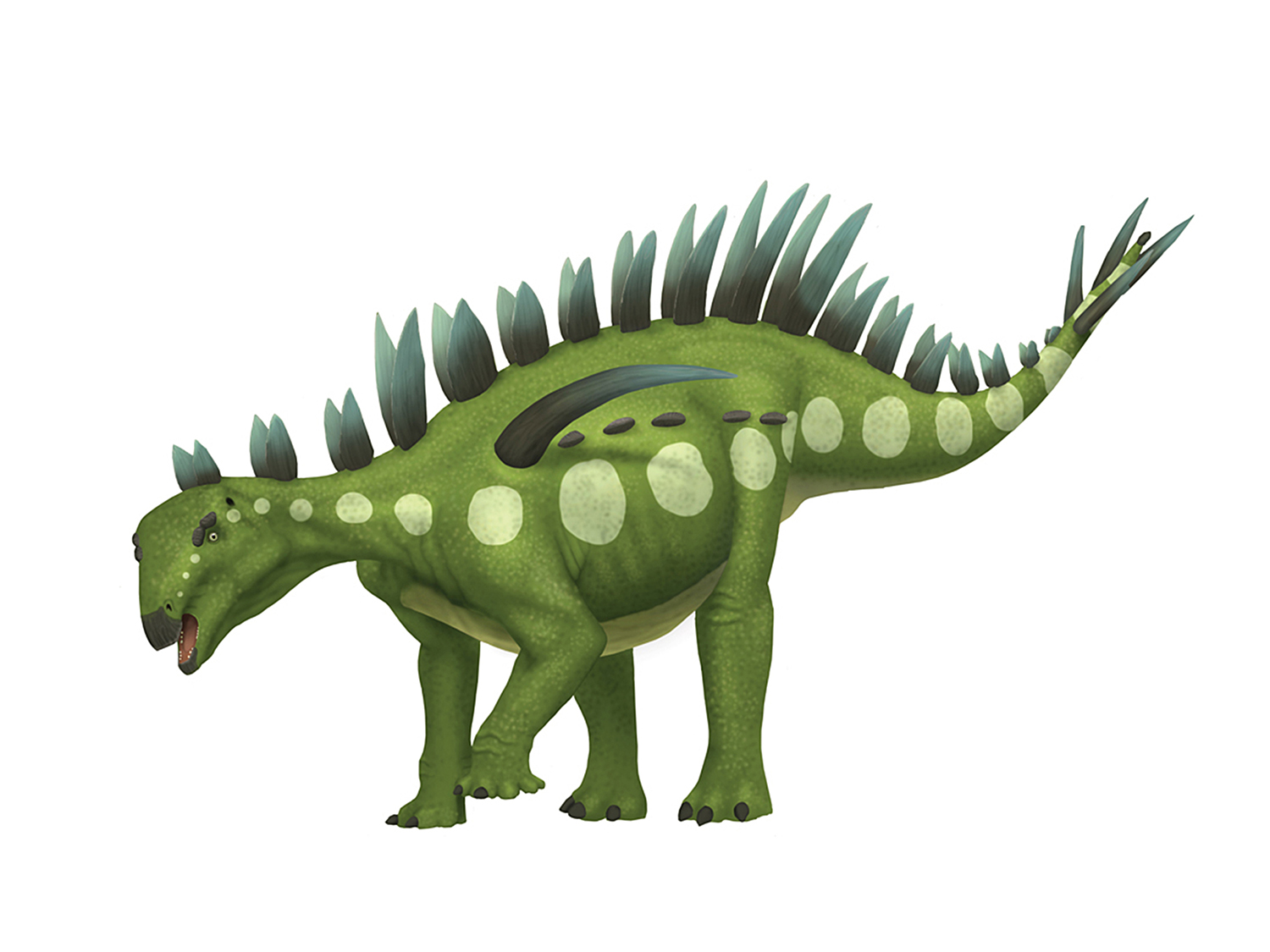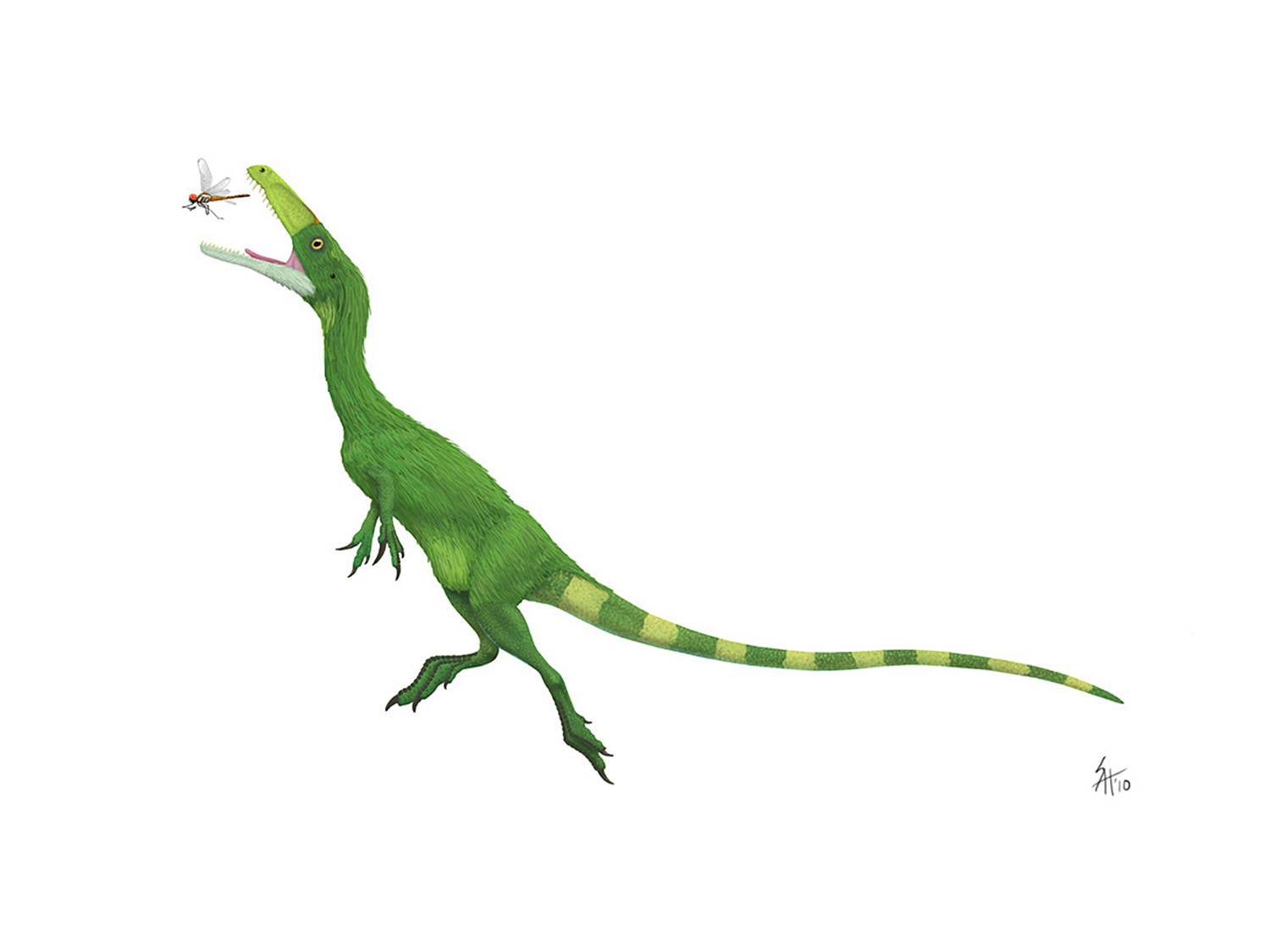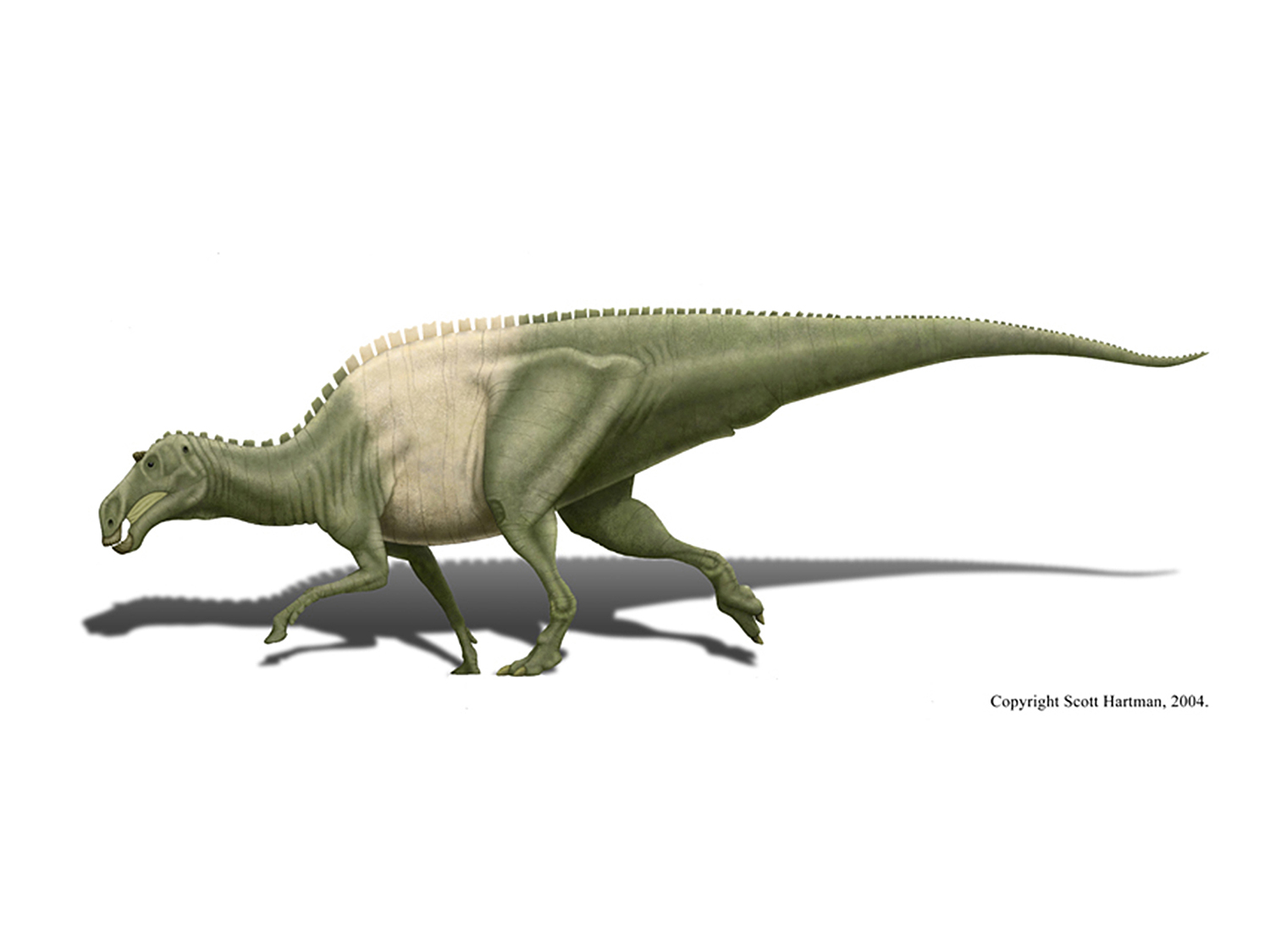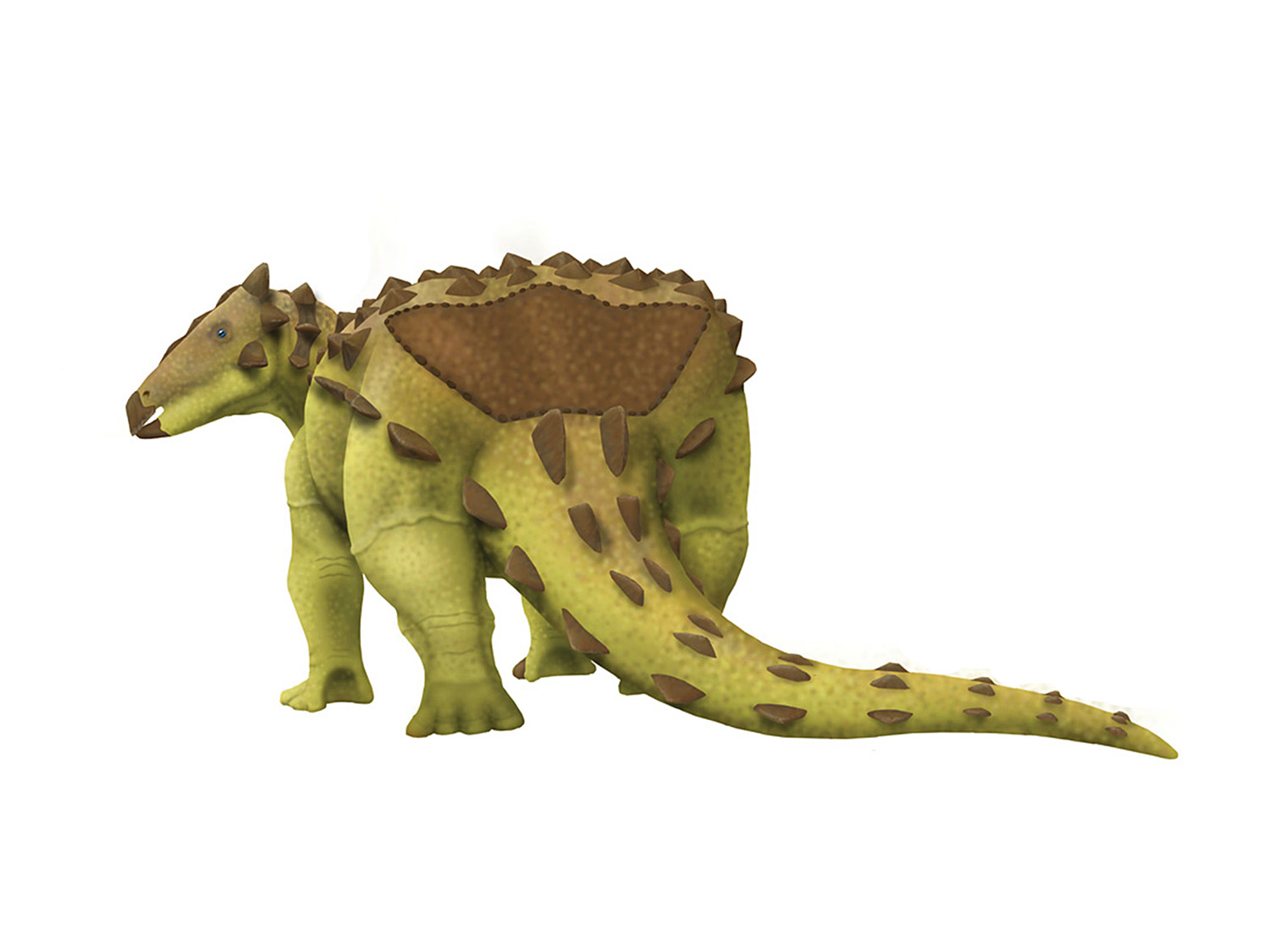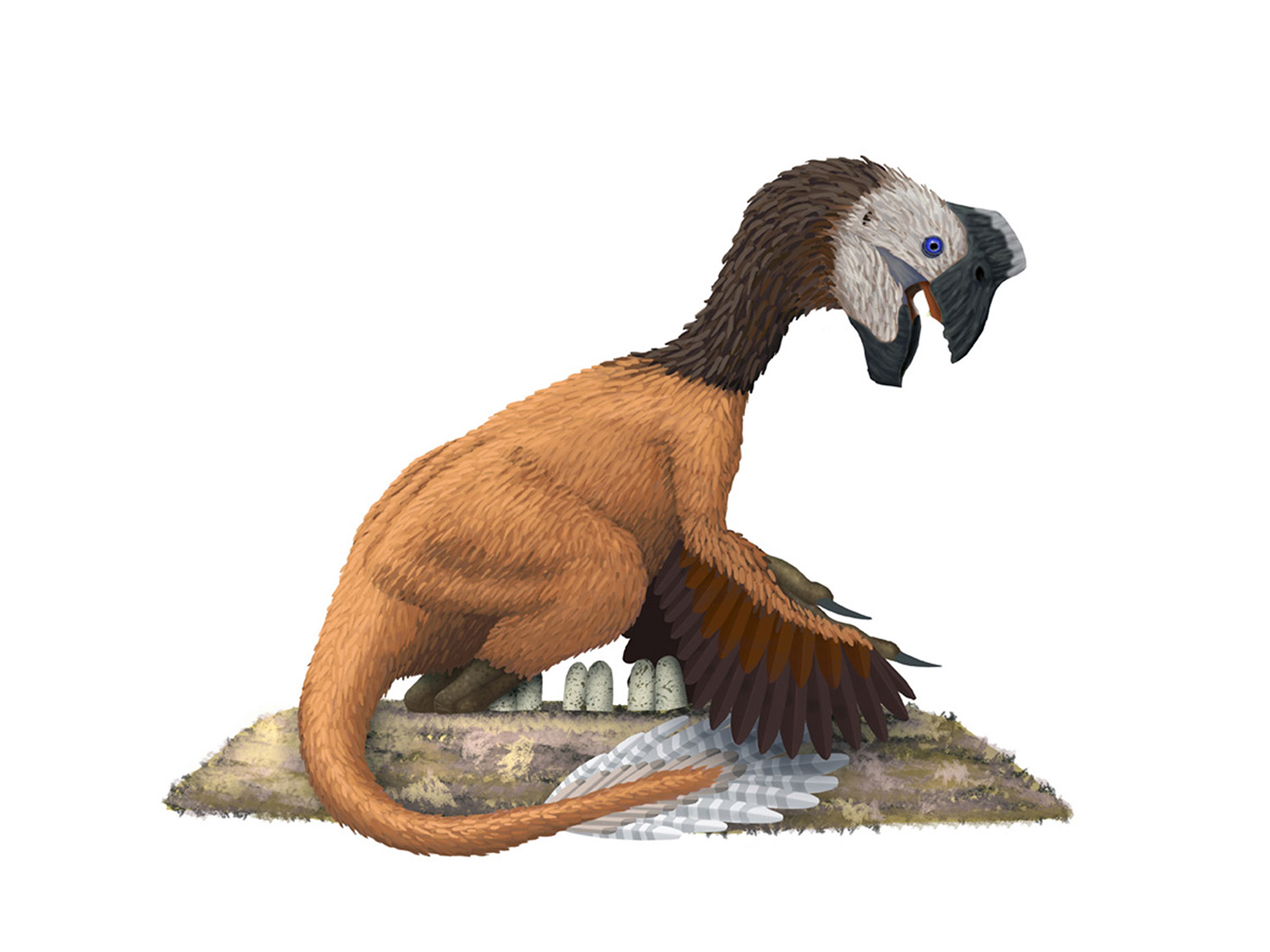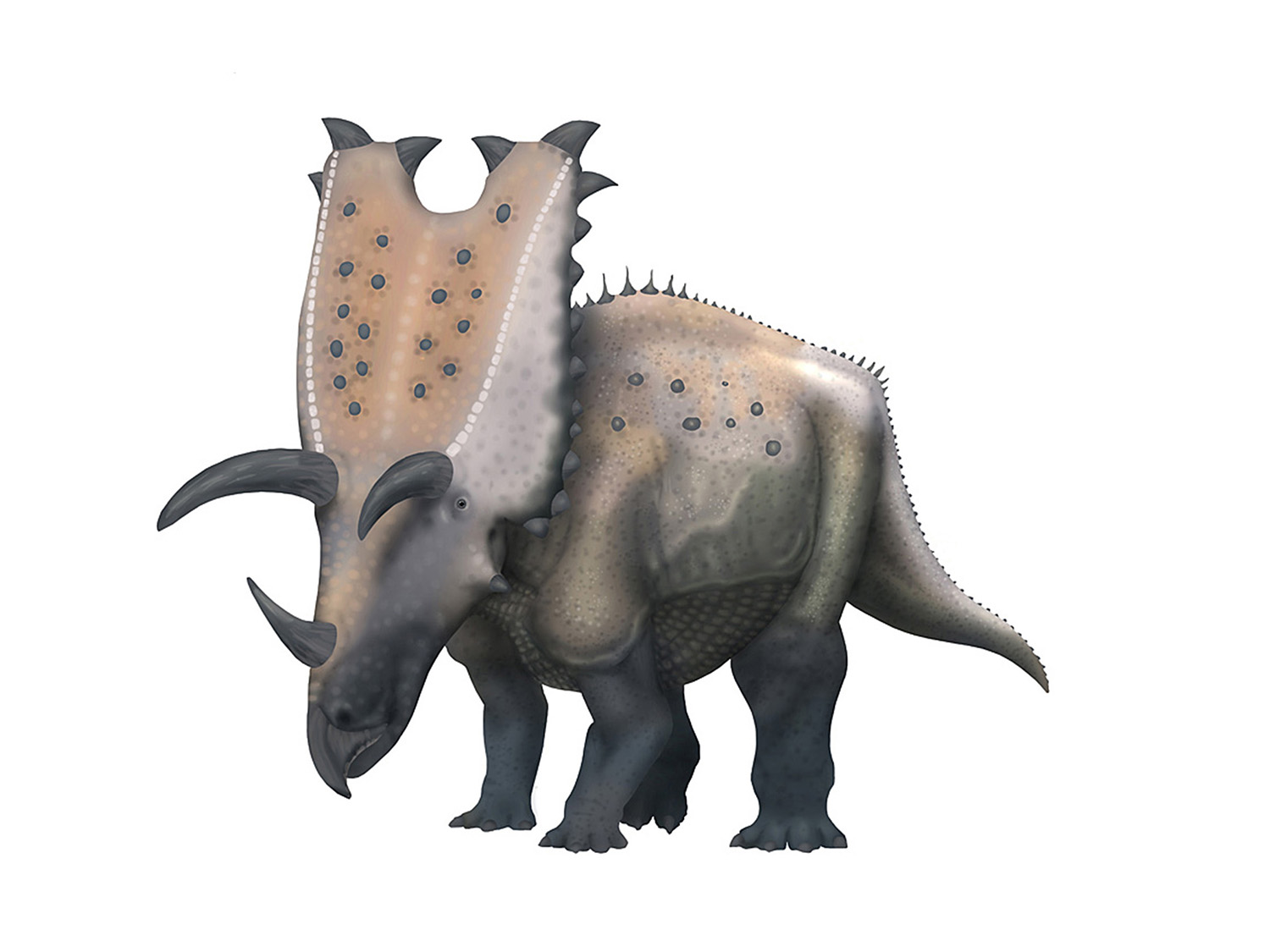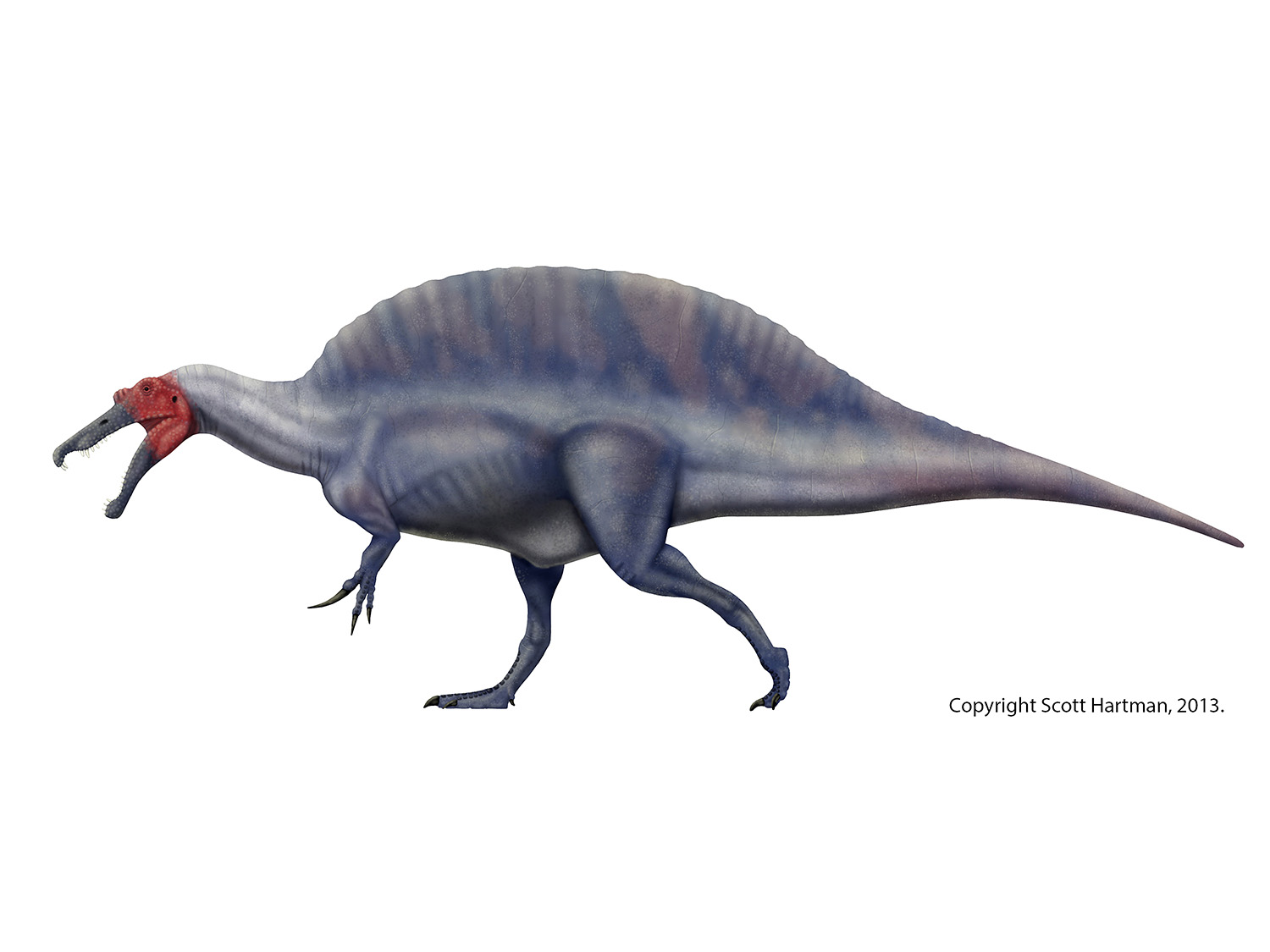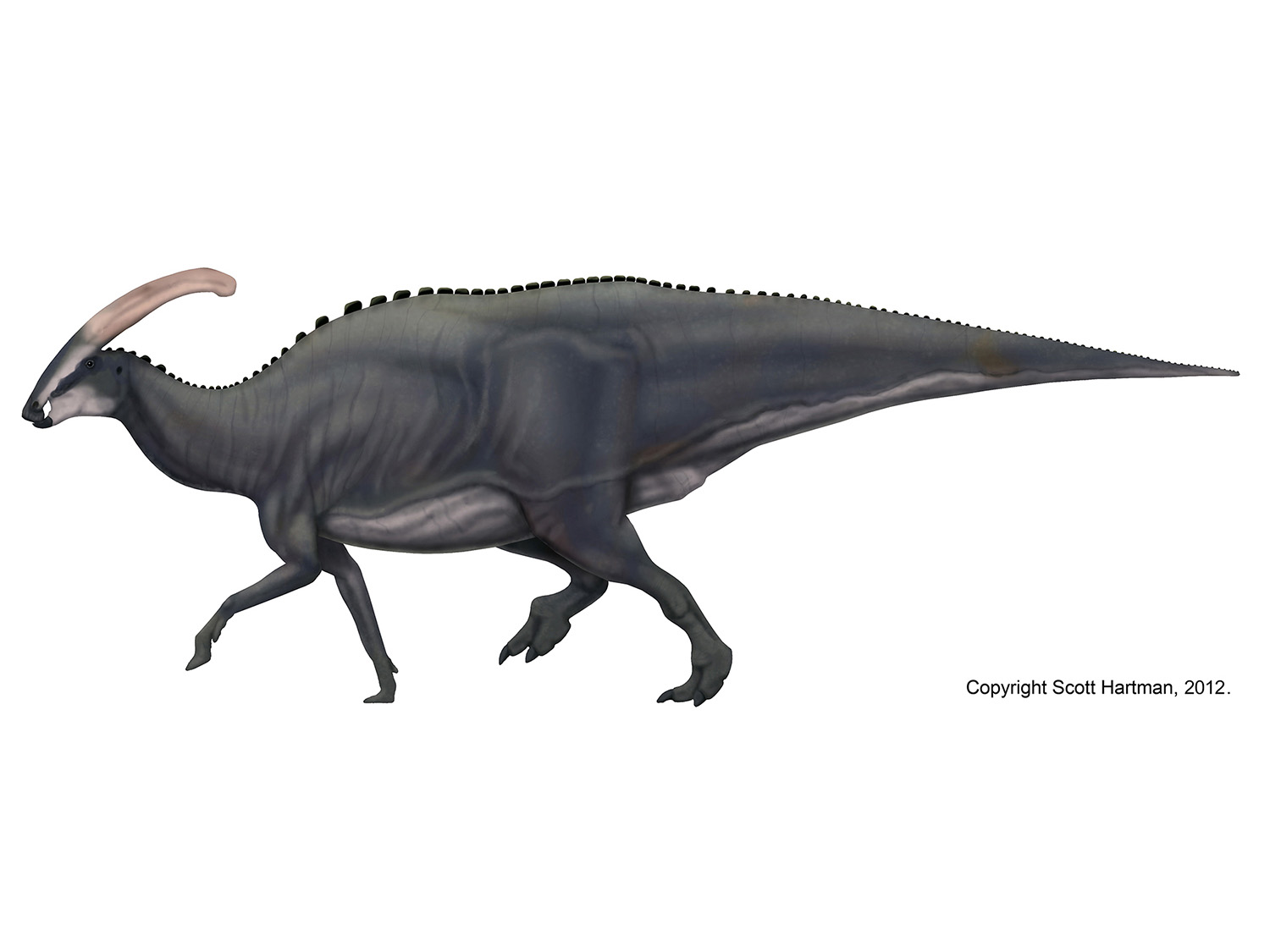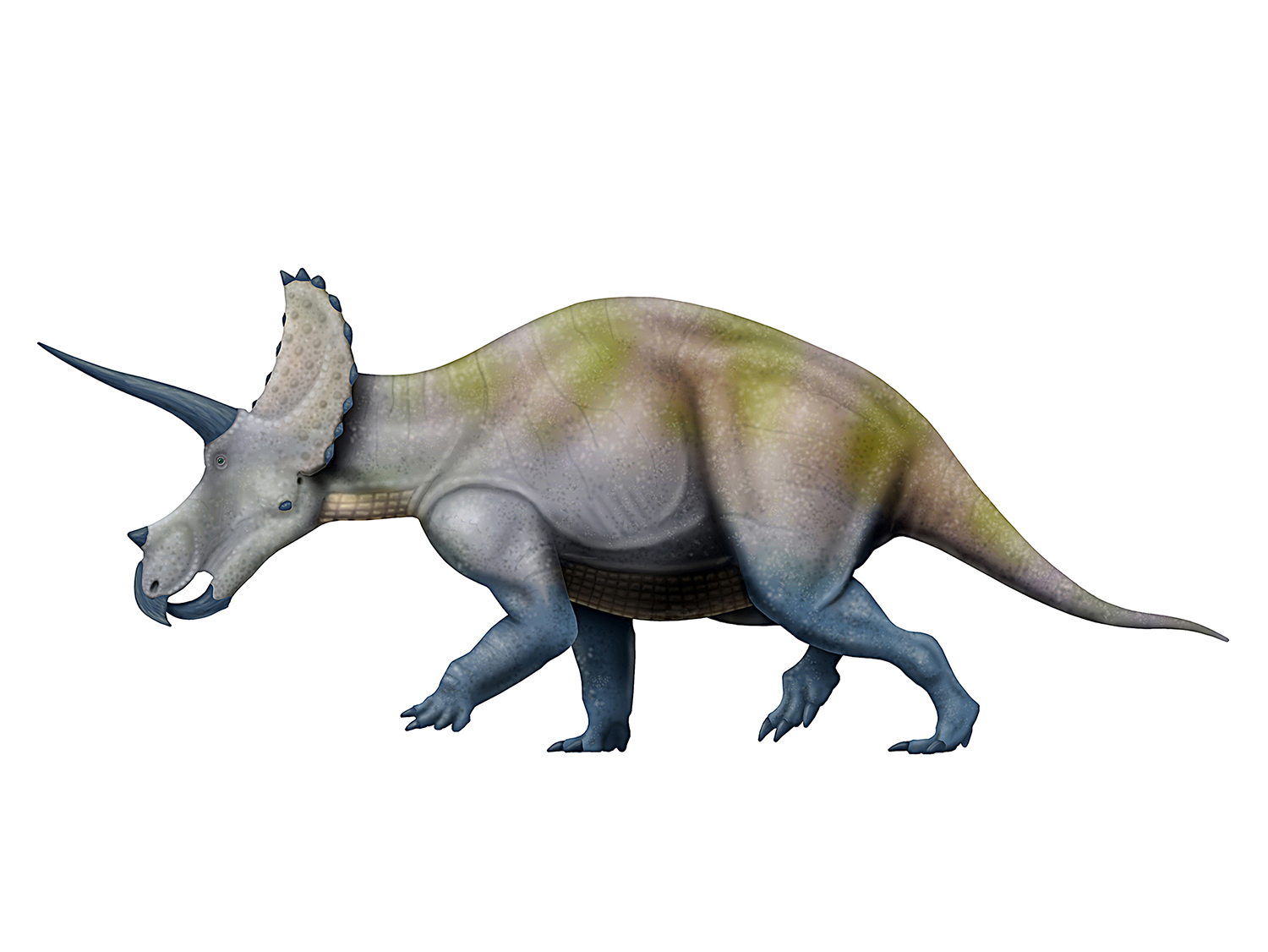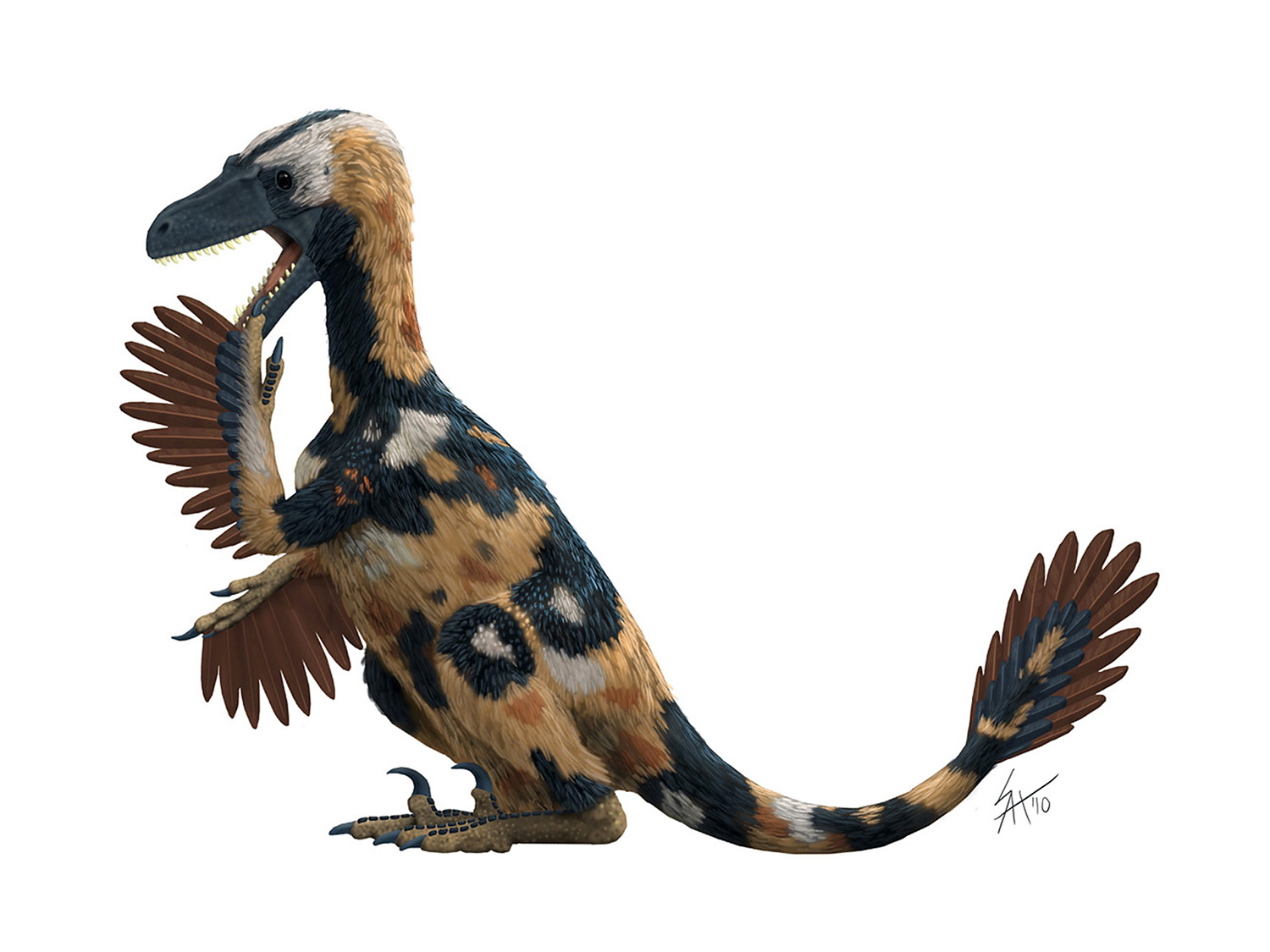Yup, the OK Apatosaurus is freakin' huge!
/How big did Apatosaurus get? Well, that gray silhouette that is being dwarfed in terms of bulk there is Supersaurus vivianae. So yeah, that's one big honk'in sauropod...
The genesis of this post comes courtesy of a Matt Wedel post over at the excellent SV-POW! blog, where he was taking a look at the size of the partial Apatosaurus specimen preserved in Oklahoma, specimen OMNH 1670. Matt took a measuring tape to the OMNH specimen himself, and it measures up at a whopping 135 cm (for those of you who don't know the metric system, 135 centimeters is equal to one really big vertebra...).
But Matt really caught my attention when he stated:
...so the big Oklahoma Apatosaurus was probably in Supersaurus territory, mass-wise, and may have rivaled some of the big titanosaurs.
A younger me carving a pedal ungal. Look at that hair - what a hippy!
Supersaurus is an animal near and dear to my heart - it's an animal I've literally shed blood over. Yes really. In addition to working with my coauthors on a description of the second specimen of Supersaurusj and a reassessment of diplodocid phylogeny, we also had to produce a full mount of the animal under exceedingly tight time constraints. As with many small museums this meant we all had to pitch in, and that included learning how to sculpt missing bones. Near the very end of the project, while getting by on little more than 2 hours of sleep and coffee doses that would kill a small horse, I had a very small boo-boo with a carving knife (see photographic evidence at right). No stitches were necessary, and thankfully no sauropods where injured in the process.
The end result of our work was a mount that received top billing in a temporary exhibit in Japan in summer 2006. While the estimated length of 34 meters and mass estimate of 36-40 tonnes is smaller than some of the more sensational numbers that have been floated in popular books (and of course the internet), we suggested in our paper that many of those estimates were, shall we say... extravagant. Supersaurus appears to be close to the longest animal whose length can be reliably estimated (read: not counting Amphiceolias fragilimus), though it was lighter than the giant titanosaurs.
Given my personal stake here I wasn't about to take Matt's vicious maligning of Supersaurus on faith. But - and this is the darndest thing about science - the facts are on his side. After scaling the fourth dorsal of Apatosaurus louisae up to the appropriate size, it turns out that the thing definitely is bulkier than Supersaurus.
And if you try it with the other species of Apatosaurus (to whit: A. ajax and A. excelsus), it turns out just as bad - or worse in the case of A. ajax, who seems to have a proportionately shorter D4, which in turn leads to a larger animal when it's scaled to 135 cm.
Of course Supersaurus still looks to be longer by a fair amount, in large part due to the highly elongate neck. But when it comes to moving the dial on a scale, it's clear that Apatosaurus is just more sauropod than Supersaurus. Oh well Jimbo, we'll always have Japan...






